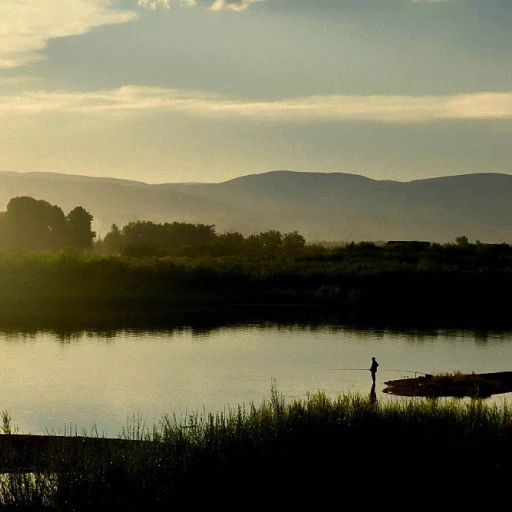The allure of the biggest alligator gar
Why the biggest alligator gar captures our imagination
The fascination with the biggest alligator gar is not just about its remarkable size but also its almost mythic presence in the world of freshwater fishing. These ancient fish, known scientifically as Atractosteus spatula, have roamed the waters of North America for millions of years, adding a prehistoric allure to their already impressive reputation.
Amazing records and jaw-dropping catches
It's no surprise that anglers get starry-eyed thinking about the biggest fish in the world. The record-breaking exploits of catching these behemoths only add fuel to the angling fire. In 1951, Bill Valverde set a benchmark with his 279-pound alligator gar caught in Texas' Rio Grande, holding firm in the record books for years.
The unforgettable Kirk Kirkland event
Kirk Kirkland, a name synonymous with alligator gar fishing, remarkably caught a 302-pound alligator gar in Sam Rayburn Reservoir. Kirkland’s legendary catch using an 80-pound test rod and reel setup showcases both skill and determination, a true testament to his prowess as an angler.
Hooking your dream catch
Landing a giant alligator gar isn't just about good luck. Seasoned anglers employ precise techniques, robust tackle, and tailored rods and reels to increase their chances. Understanding the habitat and behaviors of these creatures is paramount, often employing techniques like drift fishing or using heavy-duty baits and lures to entice these river giants.
Historical records and legendary catches
Legendary alligator gar: a swim through history
When talking about legendary freshwater fish, the alligator gar is bound to make a splash. These prehistoric creatures have left their mark not only on ecosystems but also on fishing records. The journey into their historical significance is as captivating as the fish themselves. Kirk Kirkland, a name synonymous with the biggest alligator gar, is part of this riveting history. Back in 1951, an alligator gar caught by Bill Valverde in the Rio Grande set the bar high at 279 pounds. This record had persisted for decades, showcasing the sheer size and strength of these aquatic giants. An unforgettable day in 2011 saw Kirk Kirkland, the angler known for his exceptional gar fishing skills, reeling in a gar that weighed a staggering 220 pounds and measured over 7 feet long. Art Weston from Kentucky added another chapter to this saga. In 2014, Weston wrangled an alligator gar that tipped the scales at 327 pounds in the Sam Rayburn Lake, Texas. This monumental catch has yet to be officially listed but remains a testament to the gar's incredible size and the thrill of catching them. The International Game Fish Association (IGFA) is often the keeper of such records, continuously verifying and documenting these extraordinary catches. The tales are not just about weight and length; they're about the adventures that come with the chase. Anglers like Kirkland, Valverde, and Weston have become legends in their own right, inspiring countless fishing enthusiasts to take on the challenge. These stories are woven into the fabric of fishing culture, with each large catch adding another thread. For more incredible fishing feats, check out the world record goliath grouper and immerse yourself in the astonishing world of giant fish.Kirk Kirkland's legendary catch
Kirk Kirkland's remarkable feat
When delving into the history of alligator gar fishing, few names stand out as prominently as Kirk Kirkland. Known for his prowess and dedication to the sport, Kirkland's record catch has remained a benchmark for anglers everywhere.
Back in October 2000, Kirkland achieved angling fame when he caught a gargantuan alligator gar in the Trinity River in Texas. The gar weighed a whopping 302 pounds and measured over 8 feet long. This feat wasn't just a stroke of luck; it was the result of meticulous planning, expert knowledge, and years of experience.
Setting the stage
Kirkland's catch was no ordinary endeavor. Armed with a rod, reel, and a 50-pound test line, he embarked on a mission that would etch his name in history. The Trinity River, already known for its large alligator gars, provided the perfect backdrop for Kirkland's remarkable achievement. The catch took hours of struggle, with Kirkland using every ounce of skill and strength to reel in the massive fish.
In his own words, as reported in multiple sources, including Texas Parks and Wildlife, Kirkland said, “It was like fighting a freight train. Every time I thought I had it beat, it surged again.” This quote encapsulates the sheer determination and effort required to land such a beast.
Recognitions and records
Following his incredible catch, Kirkland's alligator gar was officially documented and recognized by the International Game Fish Association (IGFA). The IGFA is renowned for its stringent processes in verifying fishing records, and Kirkland's gar met all necessary criteria, earning him a place in IGFA’s record books.
For a long time, Kirkland's 302-pound gar held the title of the largest alligator gar ever caught using rod and reel, a feat that inspired countless anglers to chase their own record-breaking catches. The buzz around this accomplishment also reignited interest in alligator gar fishing, sparking a surge in the sport's popularity.
Legacy and influence
Beyond the immediate fame, Kirkland's record catch had a lasting impact on the angling community. It demonstrated that with the right blend of skill, patience, and equipment, record-breaking moments were within reach. Anglers from around the world began to chase similar feats, turning waters like the Trinity River and Sam Rayburn Reservoir into hotspots for those seeking to land their own giant gars.
Even after years, the story of Kirk Kirkland's alligator gar catch continues to be a source of inspiration. As noted in a comprehensive study by Live Science, such legendary catches play a crucial role in promoting interest in the sport, encouraging newer generations to pick up their rods and head to the waters in pursuit of their own fishing legends.
The science behind alligator gars
Evolution and unique traits of alligator gars
Alligator gars, known scientifically as Atractosteus spatula, have roamed North American waters for over 100 million years. Their prehistoric roots are often visible in their unique body structure and behaviors. Equipped with a torpedo-shaped body, heavy scales, and a mouth full of sharp teeth, these freshwater behemoths can grow up to 10 feet long and weigh over 300 pounds. The largest alligator gar ever caught, according to the Texas Parks and Wildlife Department, weighed a staggering 327 pounds and measured 8 feet, 5 inches.
Physiology and habitat specifics
Renowned for their capability to gulp air due to a unique swim bladder that functions like a lung, alligator gars can survive in low-oxygen environments where many other fish would perish. They inhabit a wide range of waters, from slow-moving rivers to swamps across the Southeastern United States, including Texas, Mississippi, and Florida. Their adaptation to diverse habitats is one reason why they have thrived for millennia.
Diet and predation
The alligator gar's diet is as formidable as their appearance. They primarily feed on fish, but are also known to consume waterfowl, small mammals, and carrion. Their ambush predation strategy involves lying motionless until unsuspecting prey comes close, then striking with lightning speed. This technique, combined with their camouflaged bodies and top-tier predation skills, makes them one of the apex predators in freshwater ecosystems.
Research and genetic studies
Recent studies, such as those conducted by the Texas Parks and Wildlife Department's Garship enterprise, have focused on the genetic diversity and population dynamics of alligator gars. By understanding their genetic makeup and reproduction patterns, scientists like Dr. Kirk Kirkland hope to ensure the sustainability of these ancient giants. Another significant study by the International Game Fish Association (IGFA) highlighted their slow growth and late sexual maturity, which are crucial factors in conservation strategies.
Implications for conservation
Conservation efforts have ramped up in recent years due to declining populations in certain areas. As more anglers like Art Weston venture into freshwater habitats in search of record-breaking catches, the ecological importance of alligator gars cannot be overstated. Understanding their physiology and genetic traits helps in formulating effective conservation policies to protect this iconic species. Programs by organizations like the Texas Parks and Wildlife Department and the IGFA play a pivotal role in these initiatives.
Tackle and techniques for landing a giant
Choosing the right gear for massive alligator gars
Landing one of these monstrous fish isn't just about luck; the right gear can make all the difference. For starters, your fishing rod needs to be sturdy and heavy-duty. Typical bass rods won't hold up, trust me; they’ll snap under the immense weight and power. Experts like Kirk Kirkland, who famously landed a 279-pound alligator gar, swear by this approach. You’ll need a rod that’s between 7-9 feet long, usually rated for heavy saltwater or big game fish.
Rods and reels that can handle the monsters
A successful gar angler will tell you that your reel must match your rod. Consider using a baitcasting or spinning reel with high line capacity and strong drag systems. The Shimano Tranx 500 is a popular choice among seasoned anglers, recognized for its durability and ease of use. You'll need at least 200 yards of the line to handle these beasts, and 80-100 pound test braid is recommended.
Setting up your rig for success
Now, let’s talk about your rig. Alligator gars have sharp teeth and powerful jaws, and they can quickly snap through a weak leader. A 100-150 pound test fluorocarbon leader is usually recommended to resist those chompers. Many anglers also add a segment of wire leader to the rig for extra security.
Bait that attracts the giants
The bait you use can greatly influence your success rate. Freshwater gars are opportunistic feeders, and they generally strike at live or cut bait. Large shad, mullet, and even small carp are popular choices. The International Game Fish Association (IGFA) often reports on the effectiveness of these bait types in their yearly summaries. Expert anglers like Kirkland suggest using bait that’s as fresh as possible—anything less and you risk losing the fish’s interest.
Techniques perfected by the pros
When the moment comes, patience is your best friend. Once you get a bite, don’t set the hook immediately. Allow the gar to take the bait and run; they tend to play with their prey before committing to a solid bite. Kirkland often advises giving it a good 10-20 seconds before setting the hook.
Personal stories: A word from the experts
Kirk Kirkland once shared a thrilling tale of landing a record-breaking gar in the Sam Rayburn Reservoir. He emphasized the importance of persistence and finesse, especially when dealing with fish of this magnitude. 'The rush is indescribable, but so is the disappointment when they break free,' Kirkland noted.
Learning from the past
A historical nod goes to Bill Valverde who set a significant benchmark back in the 1950s with a 279-pound gar. Using somewhat rudimentary gear by today’s standards, he proved that skill and determination can overcome technological limitations. His catch remains one of the most celebrated in gar fishing history.
Controversies and conservation efforts
Tackling the controversies
The biggest alligator gar ever caught have not only amazed anglers worldwide but also sparked plenty of debate and controversy. While some folks are mesmerized by their size and ancient lineage, others see them as monstrous threats to local ecosystems. Let’s untangle some of these controversies.Is the giant gar a menace?
One prominent argument is that alligator gars, due to their sheer size and predatory nature, could disrupt local fish populations. This concern is particularly prevalent in areas where these freshwater giants coexist with game fish. For instance, fishermen in Texas worry about how the rise in alligator gar numbers might affect bass populations in spots like the Sam Rayburn Reservoir. However, experts like Kirk Kirkland argue that these concerns are overblown. “Alligator gars primarily feed on non-game fish and help maintain a balanced ecosystem,” says Kirkland.Conservation vs. Catch
The thrill of catching a huge alligator gar—like the record-breaking 253-pound monster caught by Bill Valverde in the Rio Grande back in 1951—fuels a robust fishing scene. But with such high stakes, conservation efforts become crucial. The Texas Parks and Wildlife Department (TPWD), among others, have set regulations about bag limits and size restrictions to ensure that gar populations remain sustainable. To underscore these efforts, TPWD now emphasizes 'catch-and-release' policies, especially for trophy-sized gars. This move has been reinforced by the International Game Fish Association (IGFA), which documents and promotes sustainable fishing practices worldwide.Economic Impact
The fishing industry that revolves around these giant gars has significant economic implications, especially in states like Texas and Florida. Anglers travel from all over to try their luck at reeling in a trophy alligator gar, bringing revenue to local guides and tackle shops. Kirk Kirkland, who's made a name guiding record-seeking anglers, often highlights the dual benefits—promoting the sport while advocating for responsible catch methods.Public Perception and Media
Media plays a massive role in shaping public perception. For instance, shows and articles often portray alligator gars as fearsome predators, contributing to their mythical status but also spurring misunderstanding. Documentaries and articles on platforms like Live Science strive to provide a balanced view, highlighting both the fascinating biology and ecological importance of gars.The Future Ahead
Experts are hopeful about the future of alligator gar fishing. With more research and greater emphasis on conservation, these giants of freshwater are likely to thrive. Organizations like TPWD and IGFA continue to play pivotal roles in this mission, ensuring that future generations can enjoy the thrill of encountering the biggest freshwater fish.Expert insights and tips
Expert angler insights: seasoned pointers for alligator gar fishing
Let's talk about the nitty-gritty of landing the biggest alligator gar out there. Whether you're a newbie or a seasoned pro, expert insights can make a world of difference. Take a tip from Kirk Kirkland, who caught one of the largest alligator gars ever recorded. He emphasizes the importance of patience and using the right tackle.
Focus on gear
According to Kirkland, investing in quality gear is non-negotiable. An alligator gar can easily exceed 100 pounds, so your equipment should handle this hefty load. Opt for a stout rod and reel combo and a heavy line, preferably a 100-pound test line. Why? Because you need something as tough as these prehistoric giants if you hope to land them. The International Game Fish Association (IGFA) also recommends gear that can withstand vigorous fights typical of these fish.
Where to cast your line
If you want to replicate the success stories of legends like Bill Valverde and Kirk Kirkland, Texas is the place to go. The Sam Rayburn Reservoir, in particular, is a well-known hotspot for snagging record-breaking alligator gars. Texas Parks and Wildlife Department (TPWD) also corroborates this, highlighting areas such as the Rio Grande and the Trinity River as premier fishing grounds.
Timing is everything
Seasoned anglers know that timing can mean the difference between a successful outing and going home empty-handed. Late spring and early summer are typically the prime seasons for catching alligator gars. These periods offer the best conditions for big catches, as noted by researchers from Live Science who have studied these fish extensively.
Conservation tips from the experts
While the aim is to reel in a giant, it's equally essential to think about conservation. Experts like Kirk Kirkland and associations like IGFA stress the importance of catch-and-release practices. This not only preserves the population but also ensures that future generations can enjoy the thrill of alligator gar fishing. The TPWD also encourages responsible fishing, noting that maintaining healthy fish populations is crucial for the ecosystem.
Tips and tricks from the pros
Kirkland shared on Facebook that using live bait like shad or carp can significantly increase your chances of catching a behemoth. He also advises staying calm and focused once you've hooked a big one. Patience is key, and rushing the process can easily result in a lost catch. Experts like Art Weston and Bill Valverde also champion the use of specific rigs designed to handle the power and weight of alligator gars.
By following these expert tips and insights, your next fishing trip might just yield a new personal best. Remember, it's not just about the gear or the spot – the knowledge and wisdom gleaned from seasoned anglers can be your best asset on your quest for the biggest alligator gar.
Future of alligator gar fishing
What's next for alligator gar fishing?
The thrill of catching the biggest alligator gar is something that drives many anglers to the waters, especially in places like Texas' Sam Rayburn Reservoir. But what's the future hold for the pursuit of these freshwater giants?
According to the International Game Fish Association (IGFA), regulations and conservation efforts are more critical now than ever. The Texas Parks and Wildlife Department (TPWD) is already putting measures in place to ensure the sustainability of the alligator gar populations. But is this enough to secure their future?
Modern advancements in fishing gear
In recent years, technological advancements in fishing gear have made the sport more accessible and exhilarating. Rods and reels are now designed to handle the immense weight and power of an alligator gar, some of which can weigh over 300 pounds. There's a rise in the use of high-pound test lines and specialized tackle to make sure anglers can catch these colossal fish without harming them.
Art Weston, an expert in the field, asserts, "The development in fishing technology is crucial in not just catching, but also in conserving our fish stocks for future generations." With better equipment at their disposal, anglers can enjoy this sport while minimizing the stress put on these incredible fish.
Sustainable practices for the future
Expert angler Kirk Kirkland has always emphasized sustainable fishing practices. In his view, catch-and-release programs are vital for the survival of these majestic fish. Many anglers and conservationists agree, stating that strict adherence to seasonal and catch limits could be a game-changer.
Moreover, there's a growing trend of educational programs hosted by organizations like the TPWD and the International Game Fish Association aimed at teaching new anglers the importance of sustainable fishing. Bill Valverde, another notable figure in the fishing community, mentions, "Education is the first step towards ensuring that future generations can also enjoy the thrill of catching an alligator gar."
The elusive record-breakers
Of course, the quest for the next record-breaking catch never ceases. Anglers like Kirk Kirkland, whose name is synonymous with some of the biggest alligator gars caught, remain hopeful. The IGFA continues to record spectacular catches, inspiring a new generation of anglers to try their luck.
In 2001, an alligator gar weighing 279 pounds was caught by Kirkland from Sam Rayburn Reservoir. This feat stands as a beacon for many aspiring anglers looking to etch their names in history.
As we look forward, the balance between enjoying the sport and preserving the species must be maintained. With proper regulations, advanced fishing gear, and a focus on sustainable practices, the future of alligator gar fishing appears bright and promising.

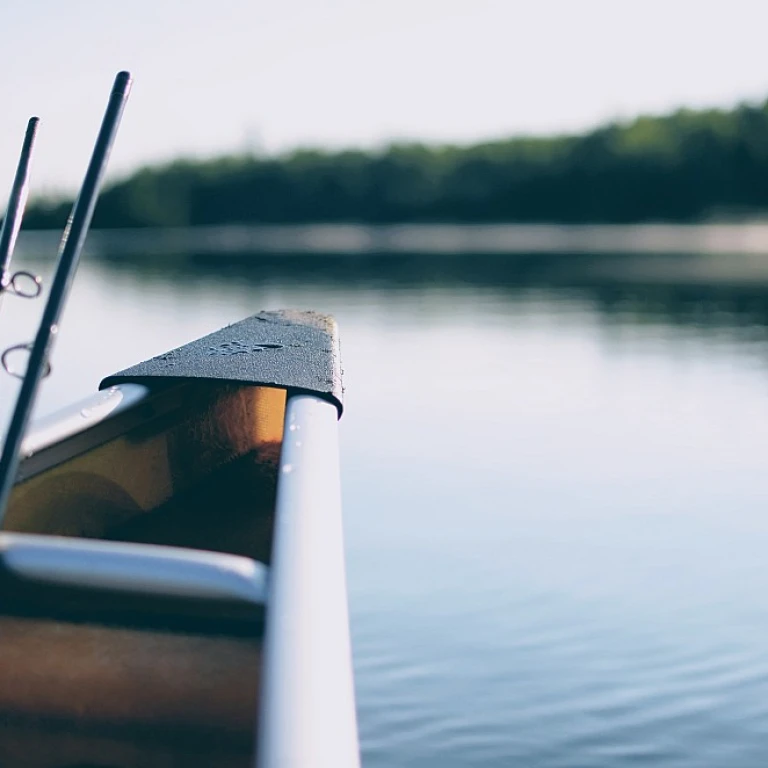
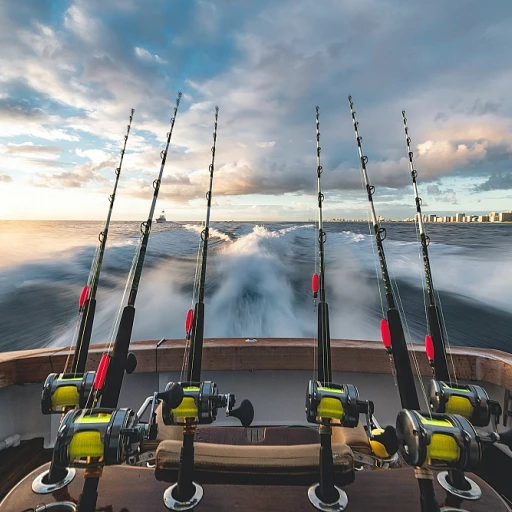
-large-teaser.webp)


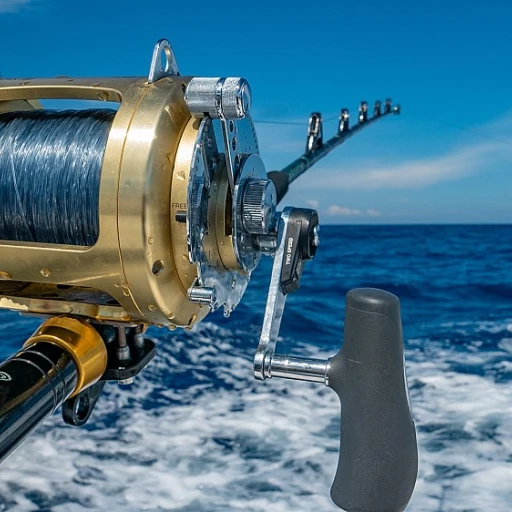
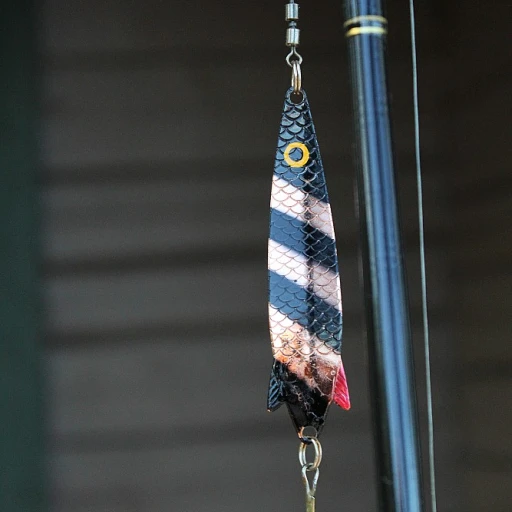

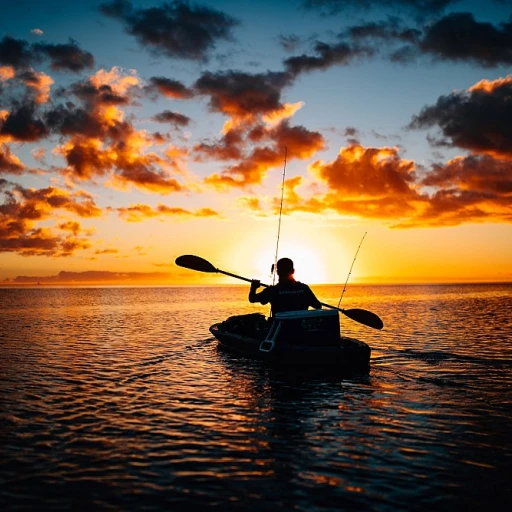
-large-teaser.webp)
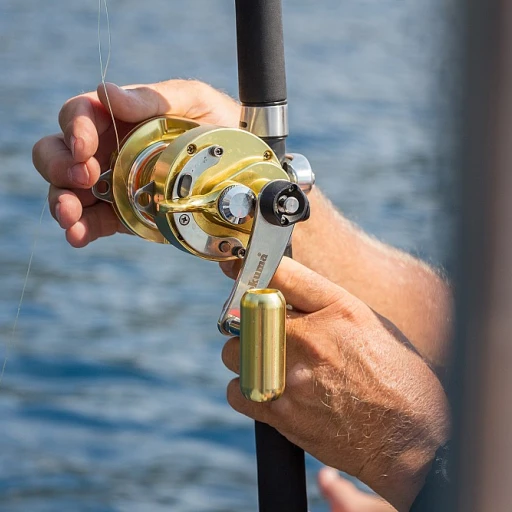
-large-teaser.webp)
